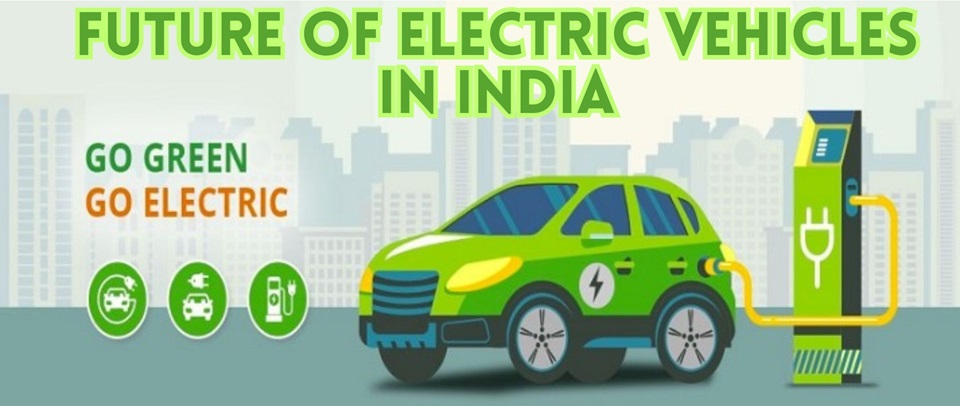E20 Petrol in India
Ready for Launch Benefits, Risks and the Truth About Engine Performance
India has taken a major step towards cleaner fuels by introducing 20 ethanol mixed petrol called E20. The change comes five years ahead of the original 2030 target.
According to the government that such change will help in reducing vehicular pollution, reducing the oil import bill and promoting the use of renewable energy sources.
However, the change has also raised questions about its impact on vehicle engines, especially older models.
Government’s Stand on E20 Petrol in India
Officials have highlighted several advantages of E20 fuel:
- Lower pollution levels: Reduced emissions of carbon monoxide and harmful particulates.
- Lower oil imports: Lesser dependence on imported crude oil, boosting energy independence.
- Support for farmers: Increased ethanol production from crops like sugarcane and help in boosting rural economies.
Tests conducted by the Automotive Research Association of India – ARAI show only a 1% to 6% drop in mileage and no serious engine damage, even with long-term usage under controlled conditions.
Concerns among vehicle owners

Despite these official claims following discussions on social media reveal that some vehicle owners, particularly those with older models have reported:
- Significant mileage drop: in some cases up to 25%.
- Potential rusting of metal components.
- Damage to rubber and plastic parts over time.
Interestingly, major automobile manufacturers have largely remained silent on the matter, leaving behind uncertainty among the public.
Risk compatibility of E20 Petrol in India
Not all vehicles on the road are built for E20. Compatibility varies depending on emission standards and year of manufacture, Risk factors include –
- High risk: For BS3 and BS4 vehicles which may face quicker wear and tear.
- Lower risk: For BS6 vehicles, it has been designed with better materials to handle higher ethanol content.
- Safe use: Vehicles manufactured after April-2023 and officially marked as E20 ready.
Also Read: FASTag annual toll pass; Starting from 15th August; Let’s answer all the queries…

Why older vehicles face more risk
Ethanol in E20 petrol has certain chemical properties that can affect older engines like-
- Hygroscopic nature: Ethanol absorbs moisture from the air and allows water to enter the fuel system.
- Material damage: Rubber and plastic parts like hoses, seals and fuel lines may shrink, swell or crack over time.
- Fuel separation: In the presence of water, petrol and ethanol can separate and affect combustion quality.
Is ‘Driving Less’ a proposed solution?
Keeping a vehicle idle with E20 petrol for long periods can be more harmful than regular use.
Prolonged storage can lead to folowing issues –
- Can Increase moisture absorption, accelerating rust in the tank and fuel lines.
- Ethanol dissolves old deposits in the fuel system which can block filters and injectors.
- Can lead to Poor performance, frequent workshop visits and accelerate higher maintenance costs.
Comparison: E10 vs Proposed E20
| Aspect | E10 Petrol | E20 Petrol |
|---|---|---|
| Ethanol Content | 10% | 20% |
| Average Mileage Drop | 0–3% | 1–6% (official) / up to 25% (reported cases) |
| Vehicle Compatibility | Most petrol vehicles | Only E20-ready or newer models |
| Risk of Corrosion | Low | Medium to high in older vehicles |
Steps to reduce risks with E20 Petrol in India
For vehicles that are not fully E20 ready, certain preventive steps can help reduce long term damage
- Regular servicing of fuel filters and injectors.
- Using ethanol compatible fuel additives to reduce corrosion.
- Maintaining manageable fuel levels to avoid long term storage in the tank.
- Contacting manufacturers for retrofit options or upgrades.
More About : E20 Petrol in India
Discover more from Newz Ticks
Subscribe to get the latest posts sent to your email.





